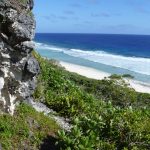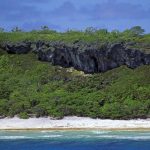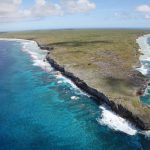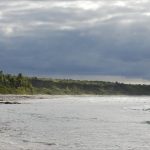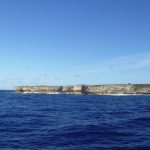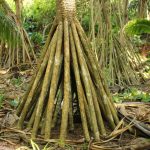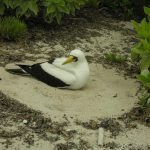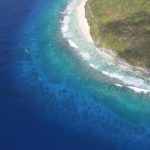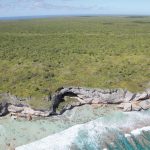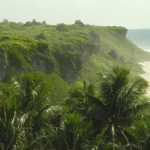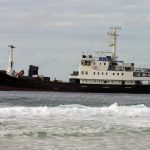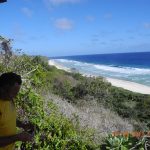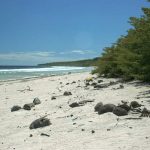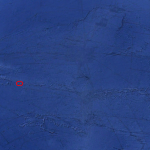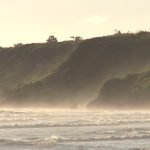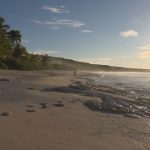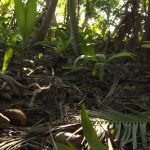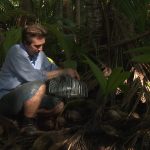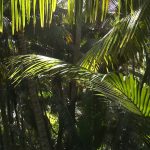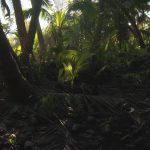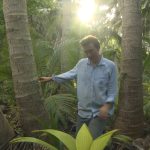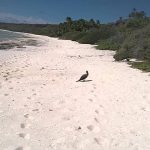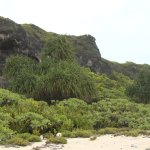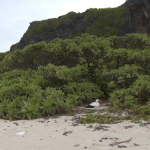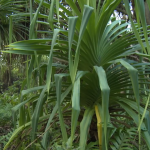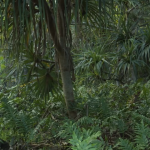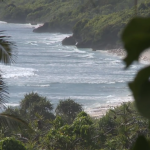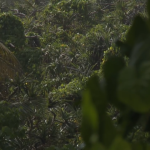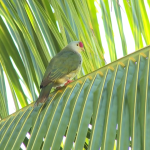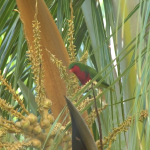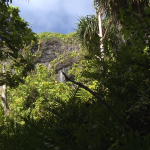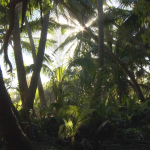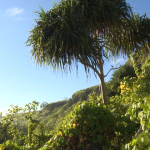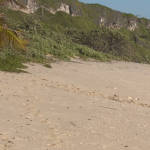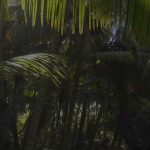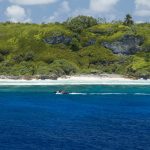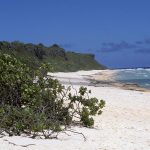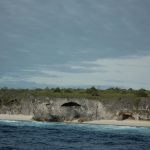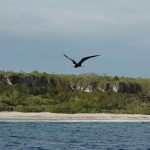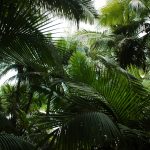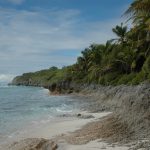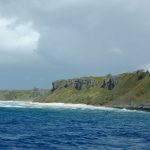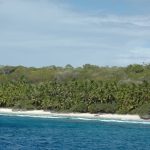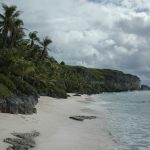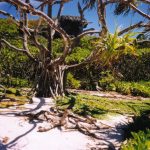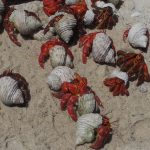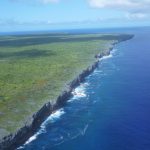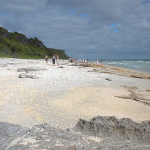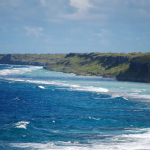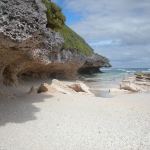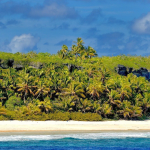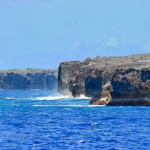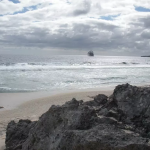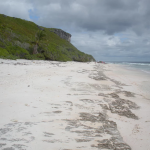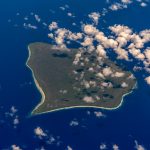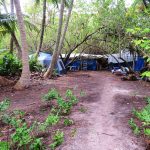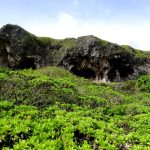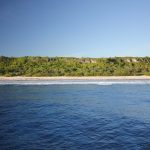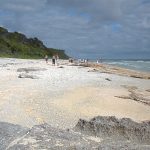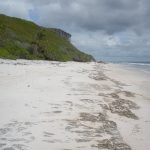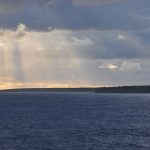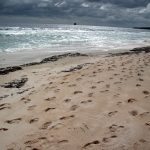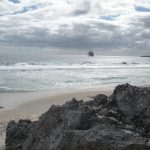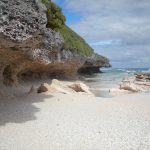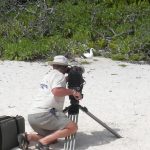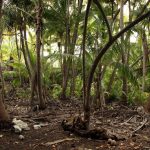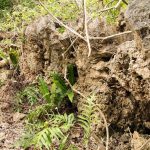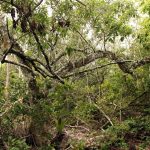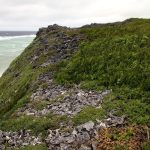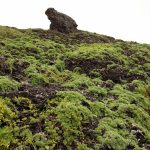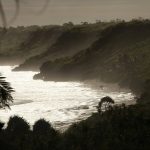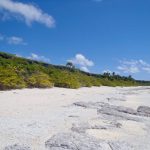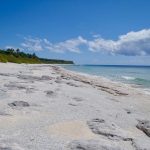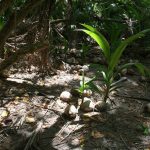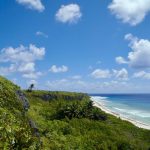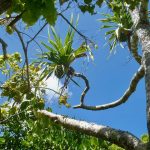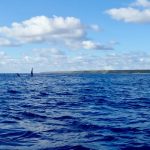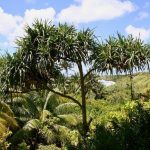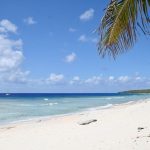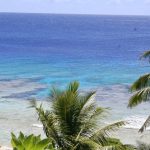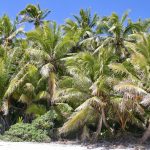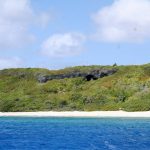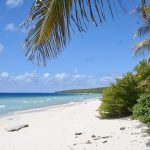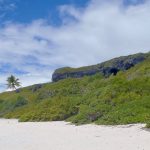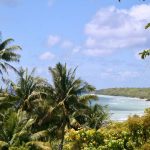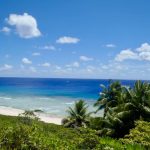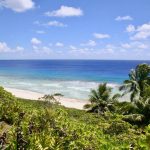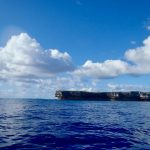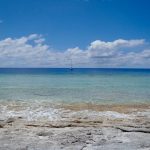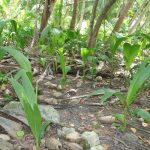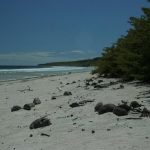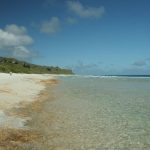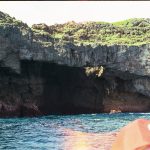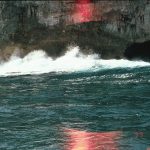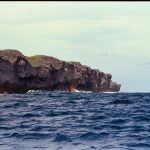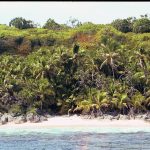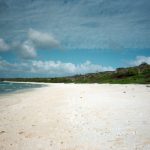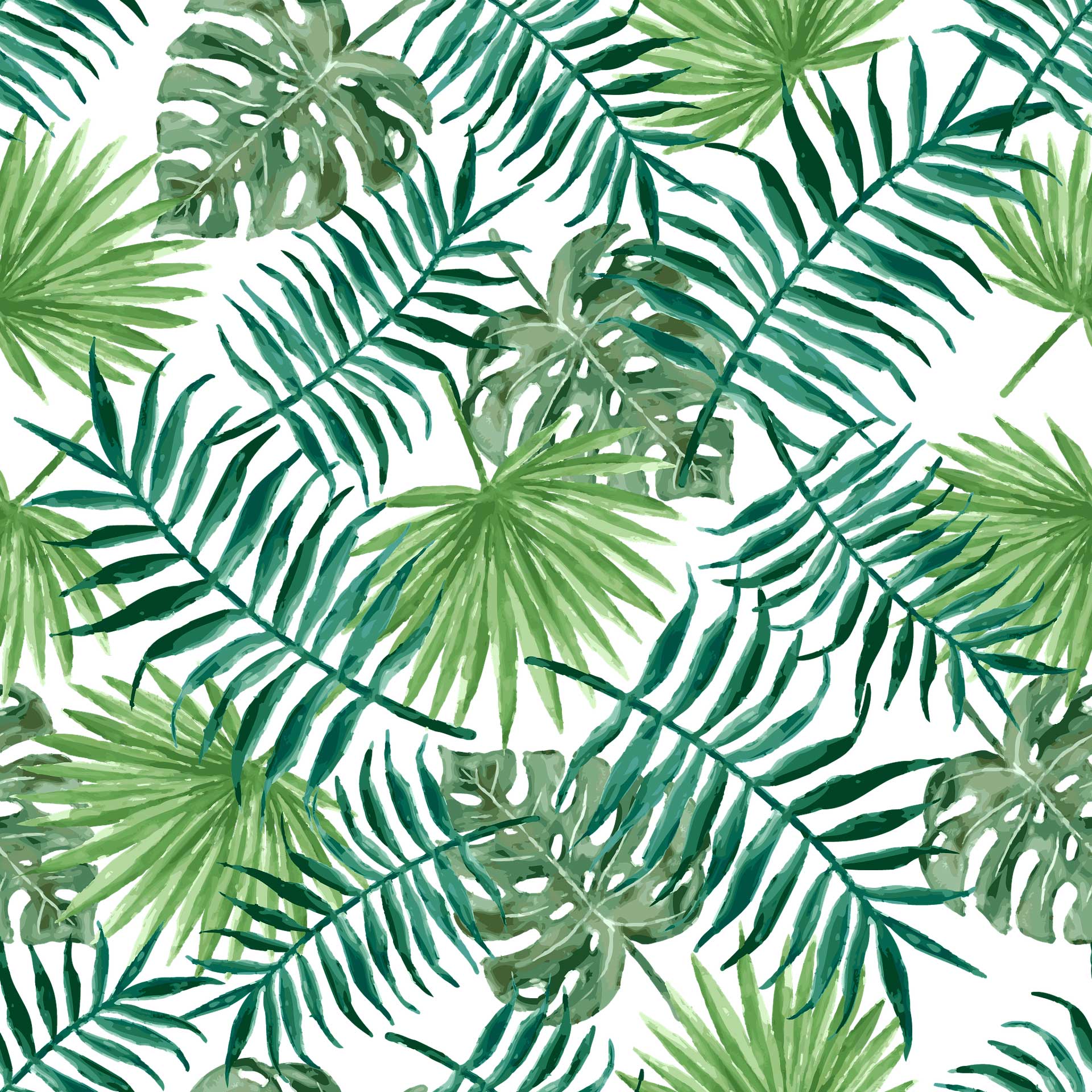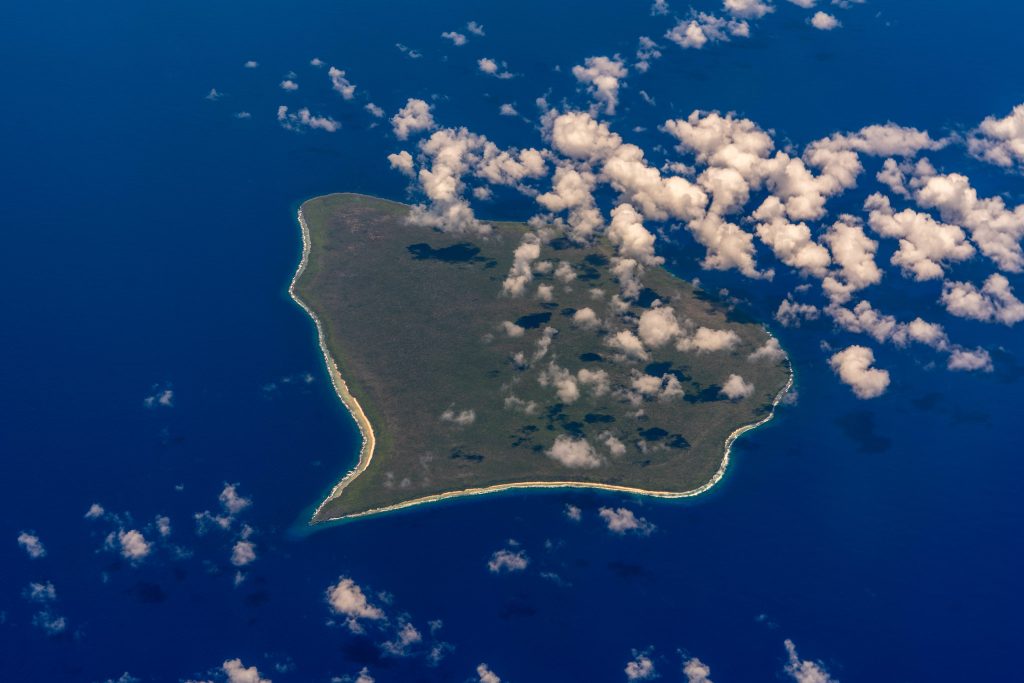
Henderson Island is an island in the Pitcairn Islands, South Pacific. Its size is 9216 acres (3729ha). Its dimensions are 9.6 by 5.1 kilometers. Henderson Island is located about 196km northeast of Pitcairn. 10 out of 51 species of plants are unique to this island as well as 4 birds and a third of insects making it specific with its own personal ecosystem. The island is protected under UNESCO as part of the world cultural heritage.
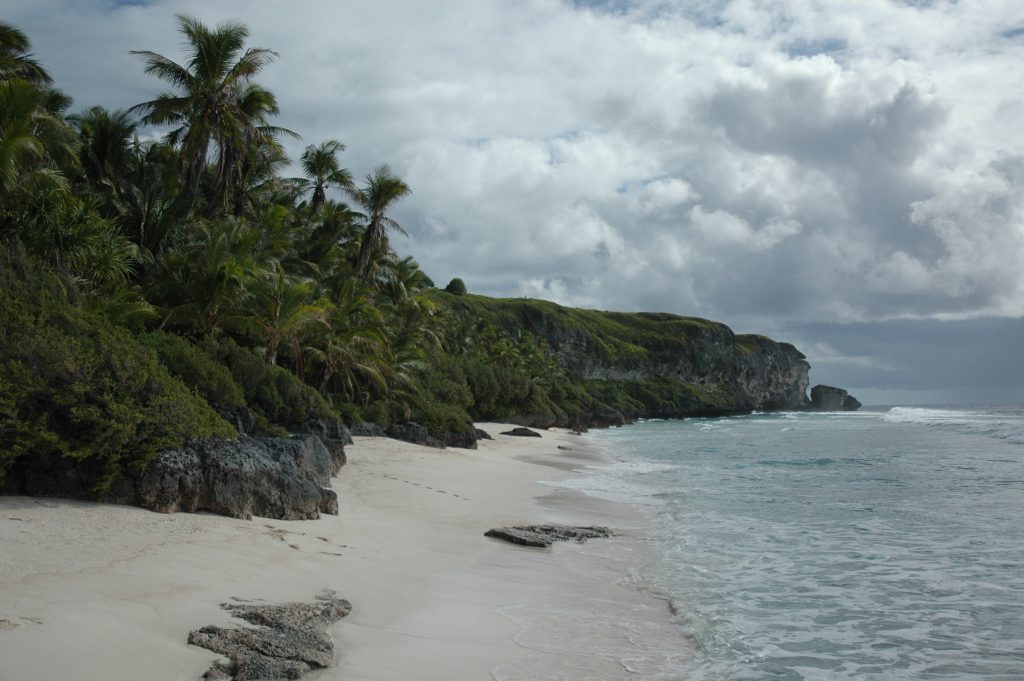
The island is uninhabited, isolated, and rarely visited by people. And yet it is the most polluted island in the world. Unfortunately, under the influence of sea currents, plastic is thrown onto the beach of the island every day, because from Australia plastic garbage travels all the way to the island with the help of strong currents. It is estimated that there are about ten centimeters of plastic sand on the surface.
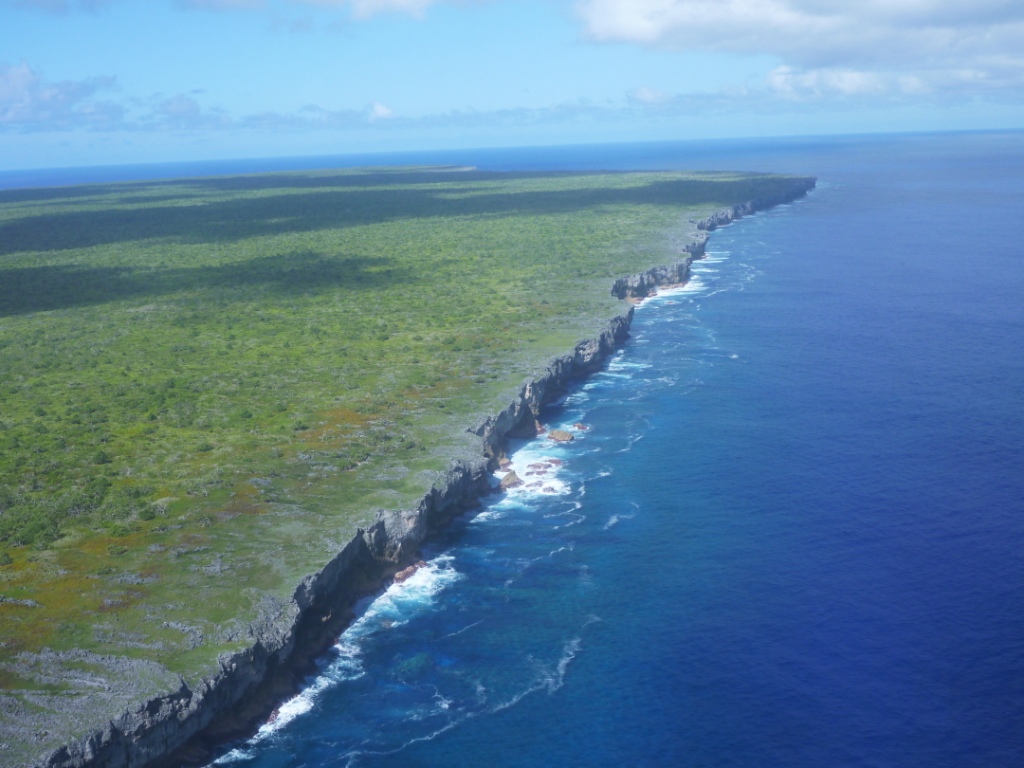
The island itself is really beautiful. The vast majority of it, almost the whole island is covered in dense vegetation. There are many coconut palms on its coast and beaches. Henderson Island is a raised coral atoll technically and now is a coral limestone island, with its maximum height being around 15m. Most part of the island is encircled by steep limestone cliffs. There is only one known drinking water source on the northern side of the island.
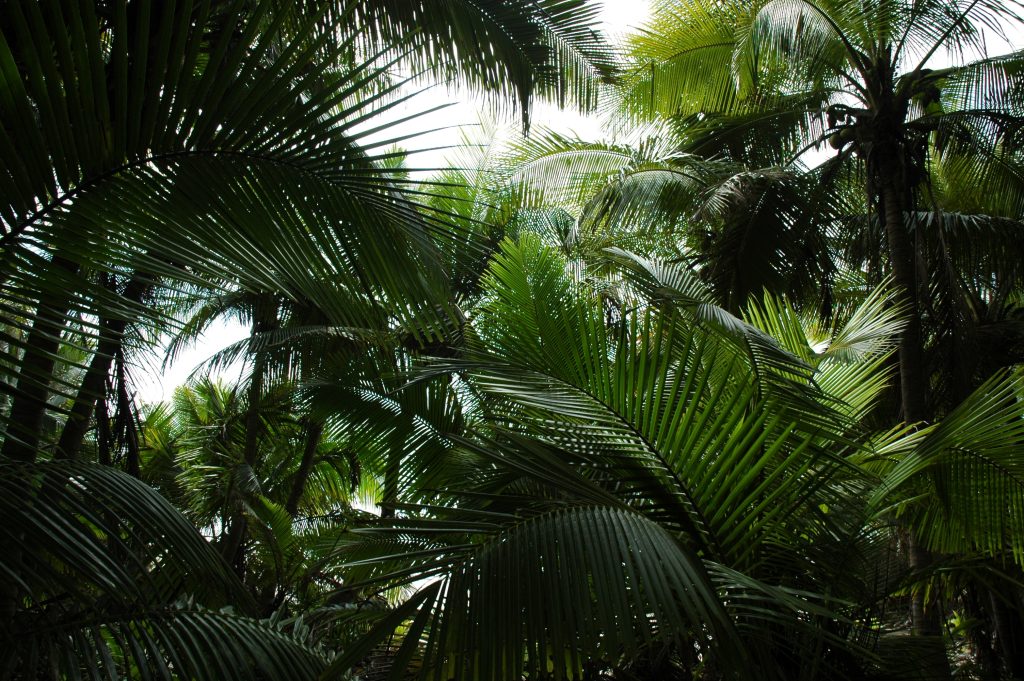
There are few beaches on the island, with some being hundreds of meters long. its flora and fauna are mostly undisturbed. There are no native mammals except the Pacific rat which was introduced by Polynesians around 800 years ago. There are also crabs present on the island. Being an isolated island, with its endemic species and nice nature, this island is amazing, true South Pacific styled. Also, as a nearly untouched and undisturbed island ecosystem, it is of great value to science.
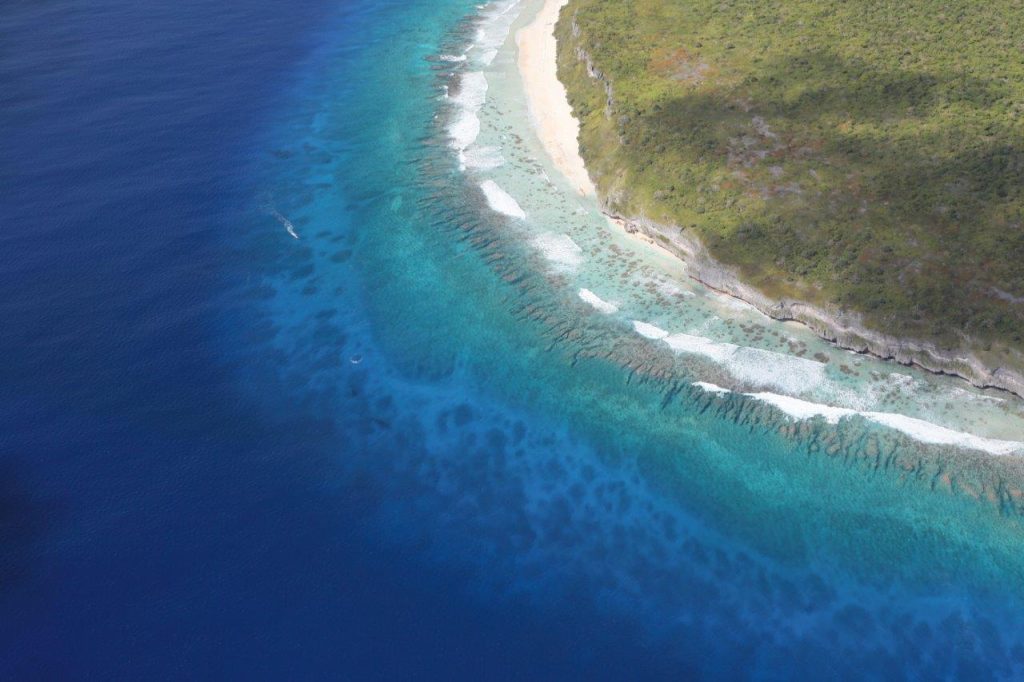
This is a quote from Unesco’s site:
Henderson Island, which lies in the eastern South Pacific, is one of the few atolls in the world whose ecology has been practically untouched by a human presence. Its isolated location provides the ideal context for studying the dynamics of insular evolution and natural selection. It is particularly notable for the 10 plants and four land birds that are endemic to the island.
Henderson Island is a remote and uninhabited elevated coral atoll located in the eastern South Pacific. It is the largest of the four islands of the Pitcairn Island group of which only Pitcairn, lying 200 km to its southwest, is inhabited. Covering some 3,700 ha but unsuitable for agriculture and with little fresh water, the island has no major land mass within a 5,000 km radius.
This gem in the middle of the Pacific is one of the world’s best remaining examples of an elevated coral atoll ecosystem. It exhibits remarkable biological diversity given the island’s size, with four endemic species of land birds, ten taxa of endemic vascular plants and large breeding seabird colonies. It is of Outstanding Universal Value due to the comparatively low level of disturbance which provides a key for baseline information on similar atolls, and its isolation makes it ideal for studying the dynamics of island evolution and natural selection.
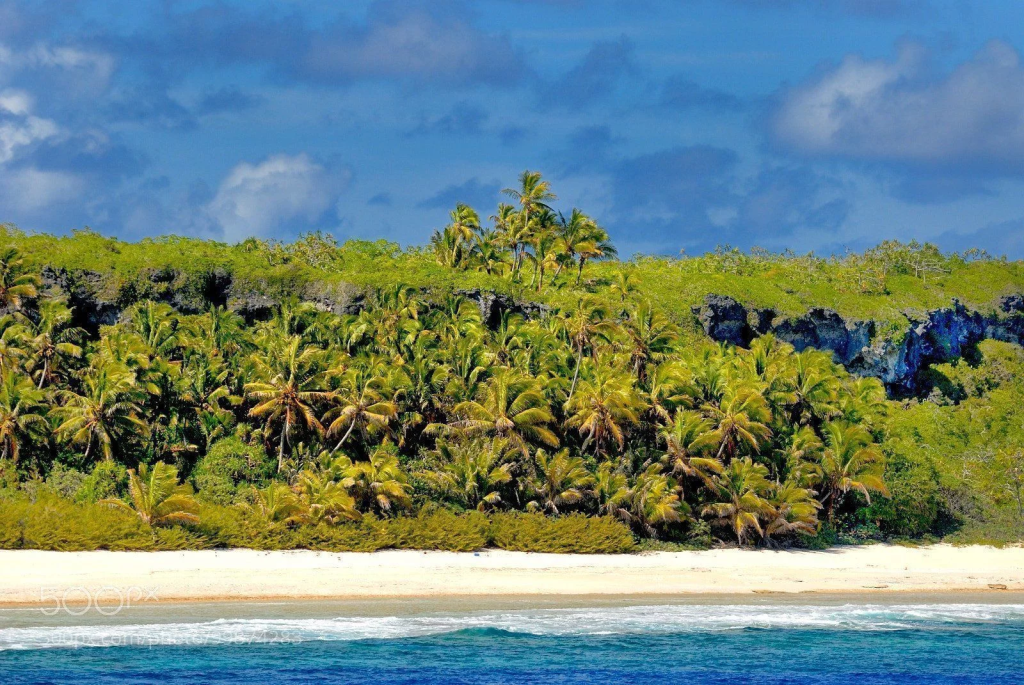
Here is Henderson Island video
Now, you will get a Mounu Island Gallery (97 pictures, click on a picture and wait for a little until the gallery loads, then scroll left/right, and press Esc to exit, optionally you can press F11 for a bigger gallery)
EXAMPLE OF PLASTIC POLLUTION
Plastic trash on beaches. The worst is on Henderson Island (in Pitcairn Islands, South Pacific) where sea currents eject plastic at the coast. In 2017, scientists wrote in a report that there was an estimated 38 million pieces of plastic garbage on the island weighing about 18 tons. They say that every day, 17 to 268 pieces are thrown onto the island through the water, in a 10-meter radius.
The situation on the island is alarming because these plastics, under the influence of wind, water, the sun, and other factors, dissolve into plastic sand, which pollutes much of everything around in such a state, destroying the aquatic ecosystem. Many crabs have found plastic plugs instead of shells to hide inside.
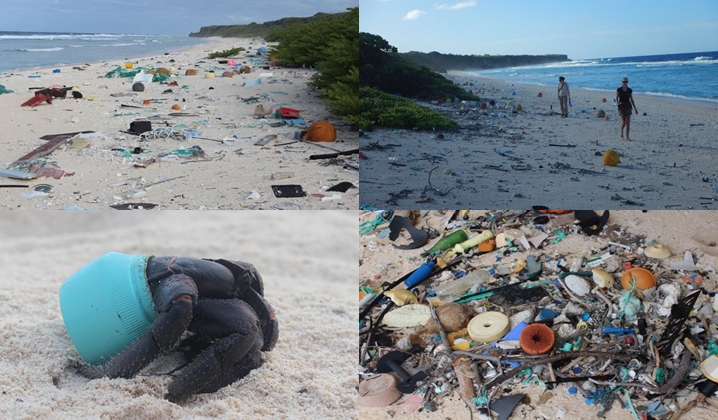
These scenes are just an example of what’s happening across the oceans in the water around the world.

